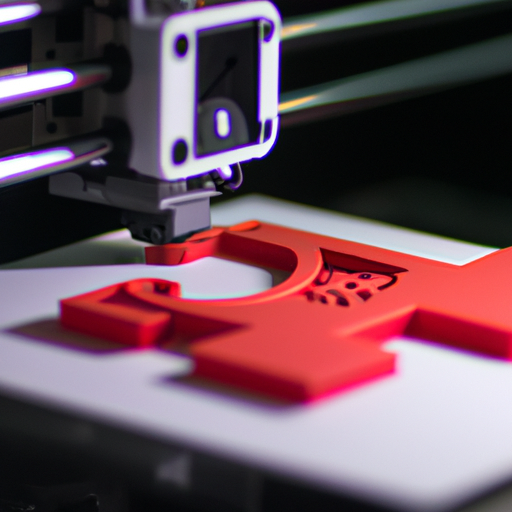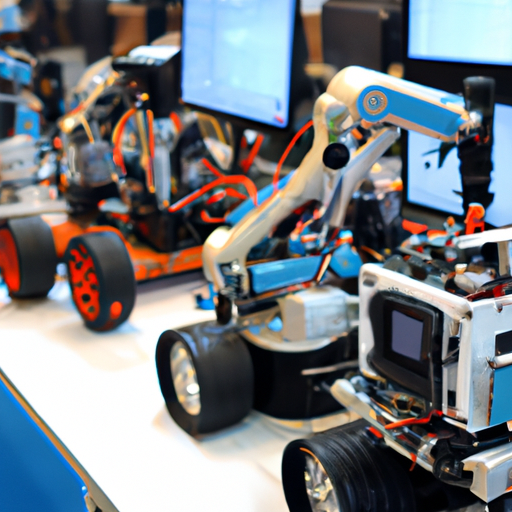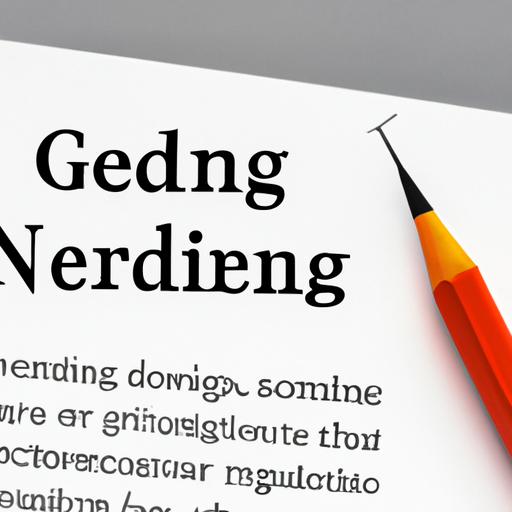In recent years, 3D printing has emerged as a transformative technology, revolutionizing not only the manufacturing sector but also various fields like healthcare, education, and even art. Also known as additive manufacturing, 3D printing involves creating three-dimensional objects from digital files, layer by layer, using various materials such as plastics, metals, and even biological substances.
Understanding 3D Printing Technology
At its core, 3D printing is about creativity and innovation. The process begins with a 3D model that can be created using computer-aided design (CAD) software or scanned from existing objects. Once the model is finalized, a 3D printer takes over, utilizing materials that are precisely layered to achieve the final product.
Benefits of 3D Printing
The benefits of 3D printing are vast, and many industries are beginning to take advantage of its unique capabilities:
- Cost Efficiency: Traditional manufacturing methods often require expensive molds and fixtures, making small batch production costly. 3D printing eliminates this need, drastically reducing costs.
- Speed: 3D printing allows for rapid prototyping, meaning products can be designed, tested, and modified in a fraction of the time compared to conventional methods.
- Customization: One of the most remarkable features of 3D printing is the ability to create customized products tailored specifically to individual needs.
- Reduction of Waste: As an additive process, 3D printing produces significantly less waste compared to subtractive manufacturing methods.
Applications of 3D Printing Across Industries
The application of 3D printing spans a wide range of industries, showcasing its versatility:
- Healthcare: 3D printing is making waves in the medical field, enabling the production of custom prosthetics, implants, and even bioprinted tissues.
- Aerospace: The aerospace industry uses 3D printing for lightweight components that reduce fuel consumption and improve efficiency.
- Fashion: Designers are now using 3D printing to create intricate clothing and accessories that push the boundaries of traditional fashion.
- Education: In educational environments, 3D printers allow students to bring concepts to life, enhancing learning and creativity.
The Future of 3D Printing
As technology continues to advance, the potential for 3D printing is almost limitless. New materials, faster printers, and innovative applications are on the horizon, promising to further disrupt traditional manufacturing and enhance product creation across various industries.
In conclusion, 3D printing is not just a trend; it’s a revolutionary process that is changing how we approach design, manufacturing, and production. Embracing this technology can lead to significant advancements and efficiencies in many fields.
—
Keywords: 3D printing, additive manufacturing, benefits of 3D printing, 3D printing applications
Posted on: [Insert Date]




